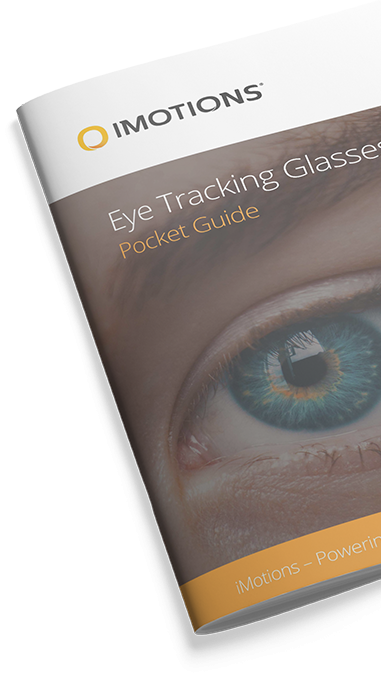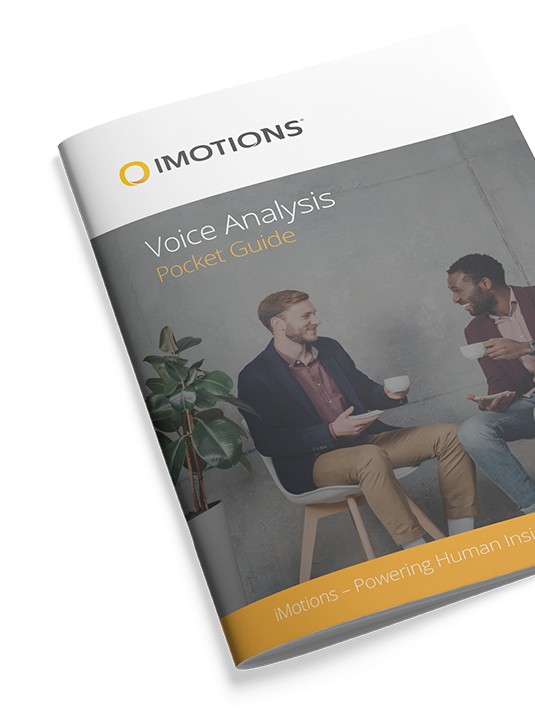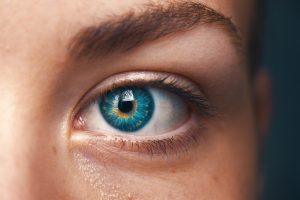A Modern Approach to Workplace Safety
Eye-tracking glasses are transforming workplace safety procedures by providing real-time, objective data on workers’ focus, helping identify hidden hazards. This technology enhances safety protocols and minimizes risks. When combined with voice analysis, it offers deeper insights into cognitive and physical task performance, leading to more effective safety interventions and training programs
Table of Contents
In high-risk industries such as manufacturing, construction, and healthcare, safety is always the top priority. Workers are often exposed to potential hazards, and maintaining an environment where risks are as minimized as possible is essential for the wellbeing and safety of all employees.
Traditionally, safety assessments have relied on observational methods and self-reported data. While these approaches have been useful, they come with significant limitations. Observational assessments can miss critical details, and self-reported data is inherently subjective, leading to potentially dangerous inconsistencies in the safety guidelines that are put in place.
One of the main challenges with self-reported data is its reliance on human memory and perception, which can be biased or incomplete. As a result, safety assessments often fail to capture the full scope of workplace hazards. According to a study from the National Library of Medicine, subjective data alone cannot offer a reliable basis for optimizing safety protocols.
How Eye-Tracking Glasses Uncover Hidden Hazards and Enhance Safety Procedures
This is where eye-tracking glasses are revolutionizing the field of workplace safety. By using advanced sensors to track the wearer’s eye movements in real time, eye tracking technology provides objective data on where a worker’s attention is focused during tasks. Eye-tracking glasses offer unparalleled insights into how workers interact with their environments, allowing organizations to identify potential hazards that might otherwise go unnoticed. This objective, data-driven approach is essential for identifying safety blind spots and greatly improving procedures.

A study published in Science Direct highlights the use of eye-tracking glasses in real-world applications, showing how they enable companies to gather accurate, real-time data on employees’ focus and attention during complex tasks. By analyzing these visual patterns, safety managers can understand which areas of a process require improvement, and make informed decisions on how to redesign workflows to minimize risk.
How Voice Analysis Transforms Safety Assessments and Training
Additionally, combining eye-tracking with voice analysis opens even greater possibilities. By having workers narrate their tasks while performing them, companies can gain valuable insights into pain points and sources of frustration. This combination of data provides a comprehensive understanding of both physical and cognitive aspects of task performance, leading to more effective training programs and safety interventions.

A review from the National Library of Medicine shows that integrating voice and visual data significantly enhances the accuracy of safety assessments, leading to reduced accidents and a safer workplace. The objectivity provided by eye-tracking glasses, paired with voice data, marks a major step forward in optimizing safety procedures.
The Future of Workplace Safety
Eye tracking glasses constitute a pivotal moment in workplace safety assessment, and companies who adopt the technology are on the forefront of keeping their employees safe. With the ability to provide precise, real-time data, this technology not only improves the identification of risks but also helps to create more efficient processes and safer working environments. The potential to reduce accidents and improve worker safety is immense, making eye-tracking glasses a vital part of the future of safety optimization in high-risk industries.
Incorporating these advancements into safety protocols not only saves lives but also offers a significant return on investment by reducing accidents, downtime, and insurance costs. As more organizations embrace this technology, the future of workplace safety is becoming clearer, smarter, and safer.
By shifting from subjective data to objective, real-time analysis, companies are better equipped to create safer environments and protect their most valuable asset: their people.
References
Eye Tracking Glasses
The Complete Pocket Guide
- 35 pages of comprehensive eye tracking material
- Technical overview of hardware
- Learn how to take your research to the next level

Free 22-page Voice Analysis Guide
For Beginners and Intermediates
- Get a thorough understanding of the essentials
- Valuable Voice Analysis research insight
- Learn how to take your research to the next level












